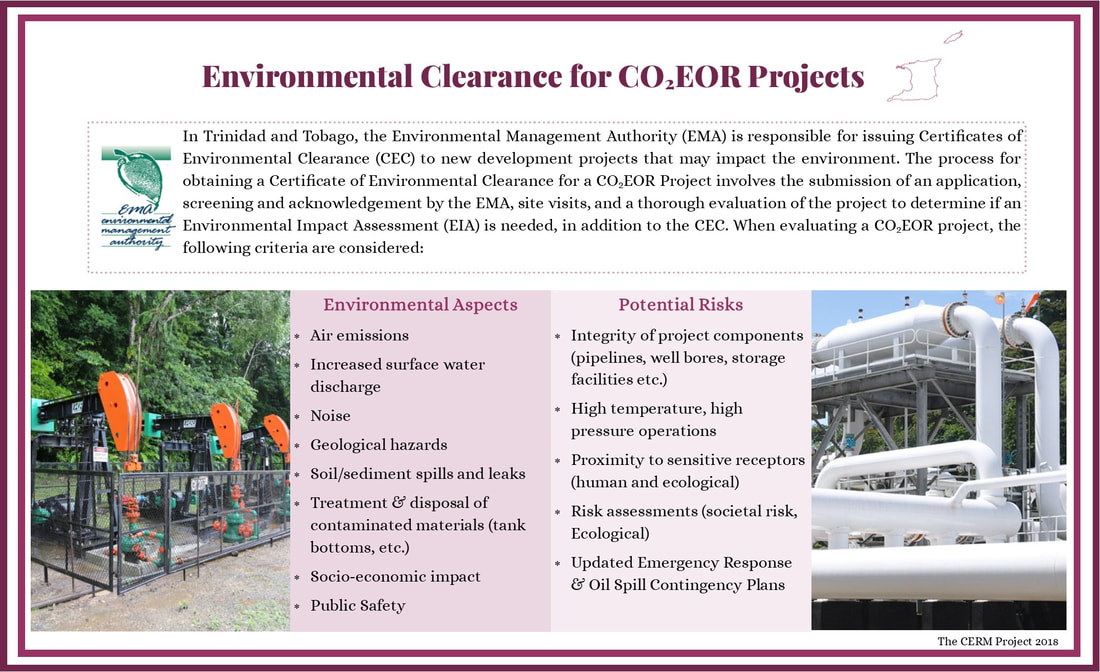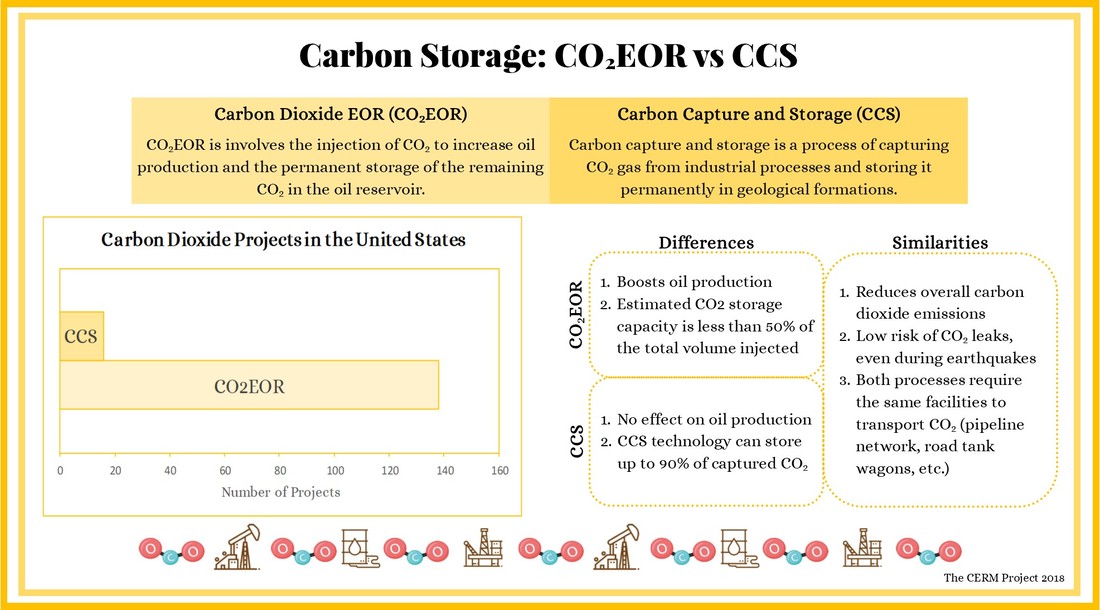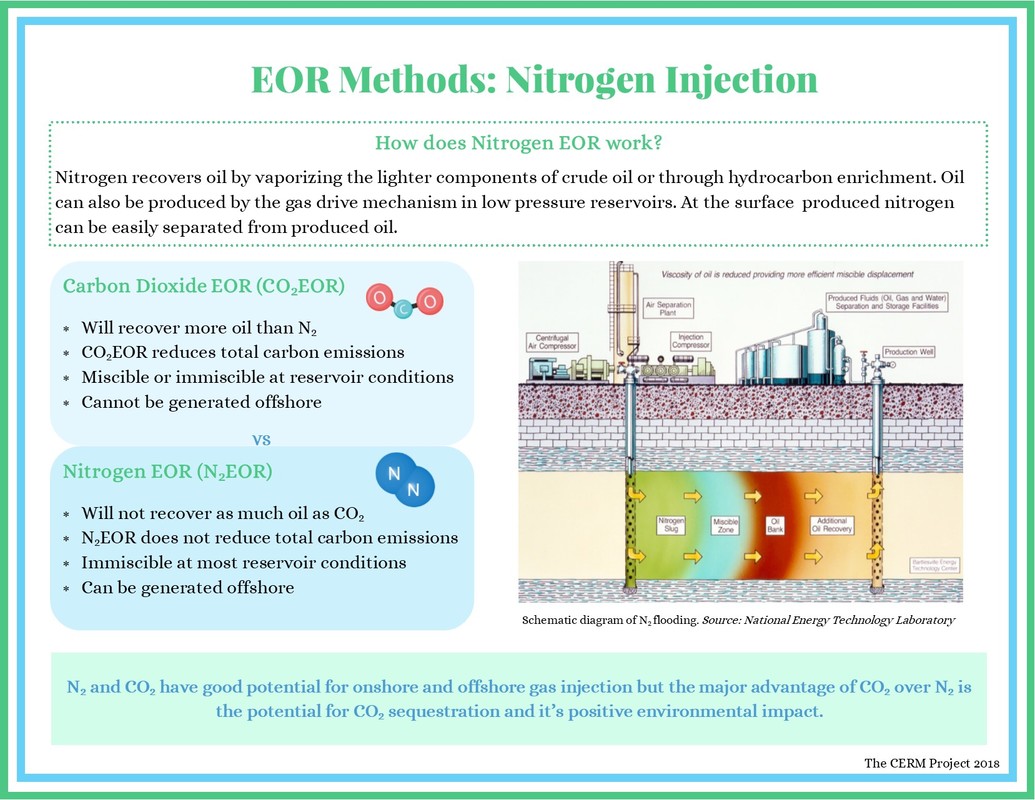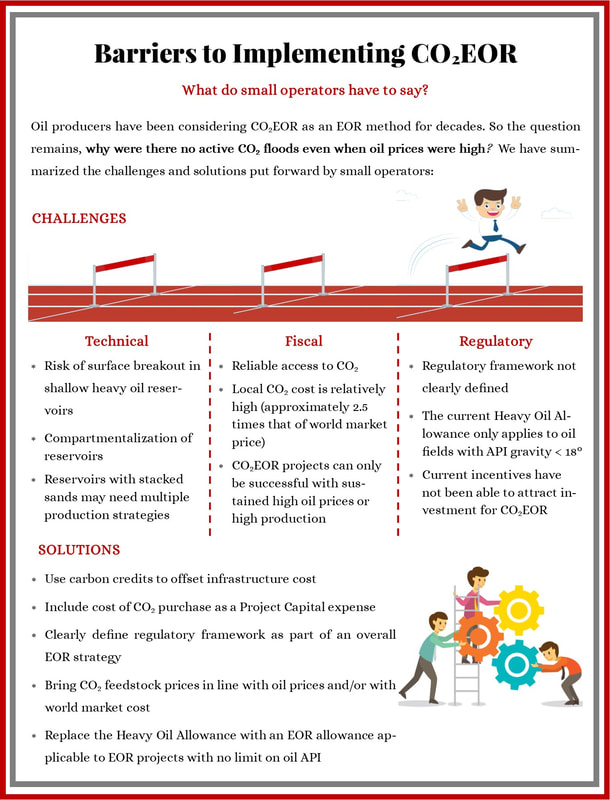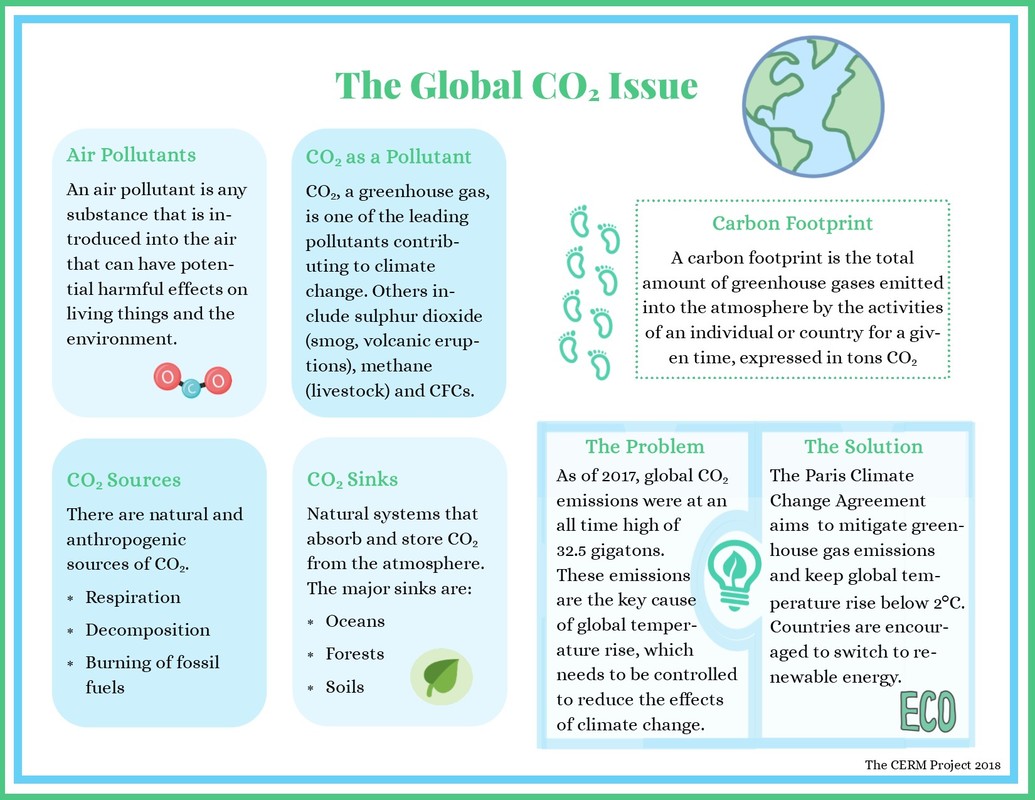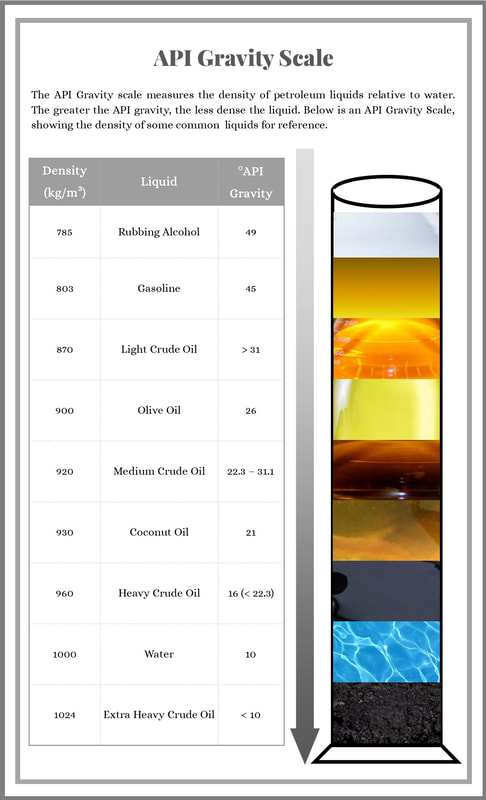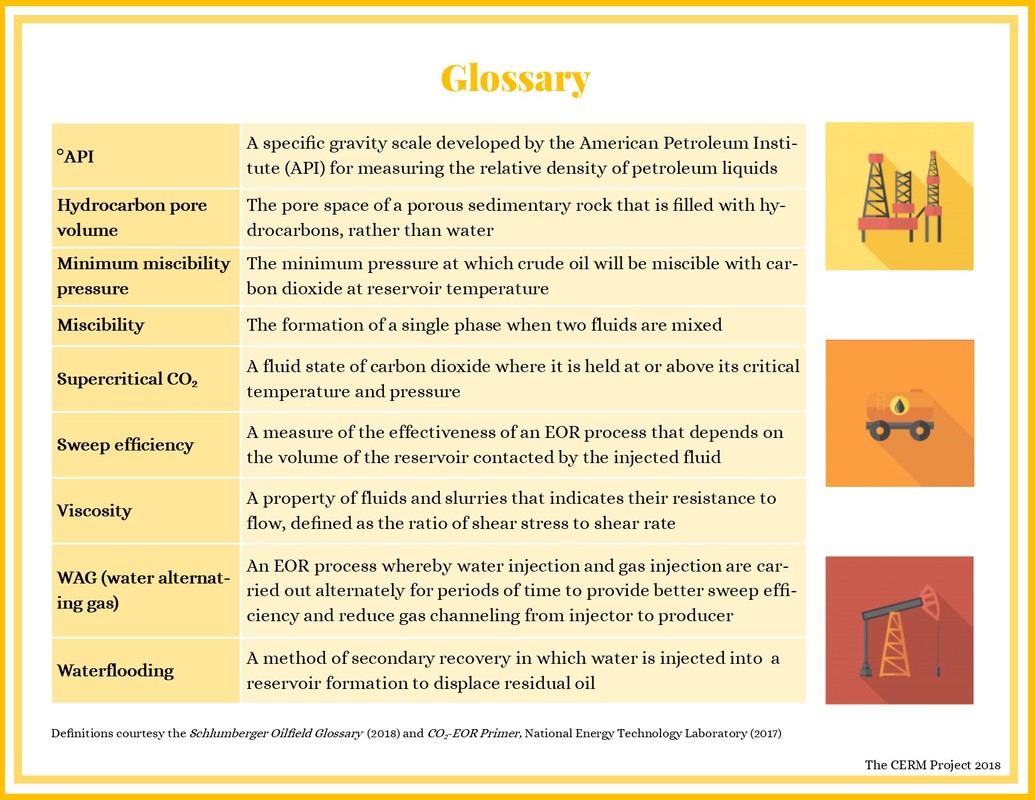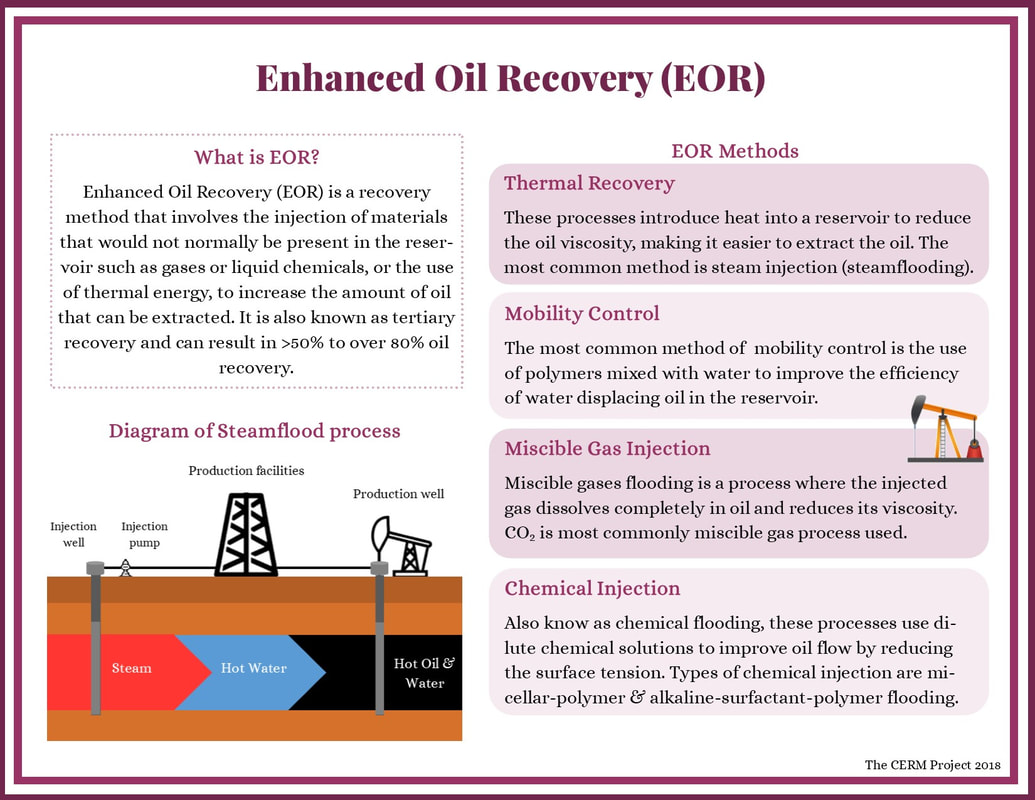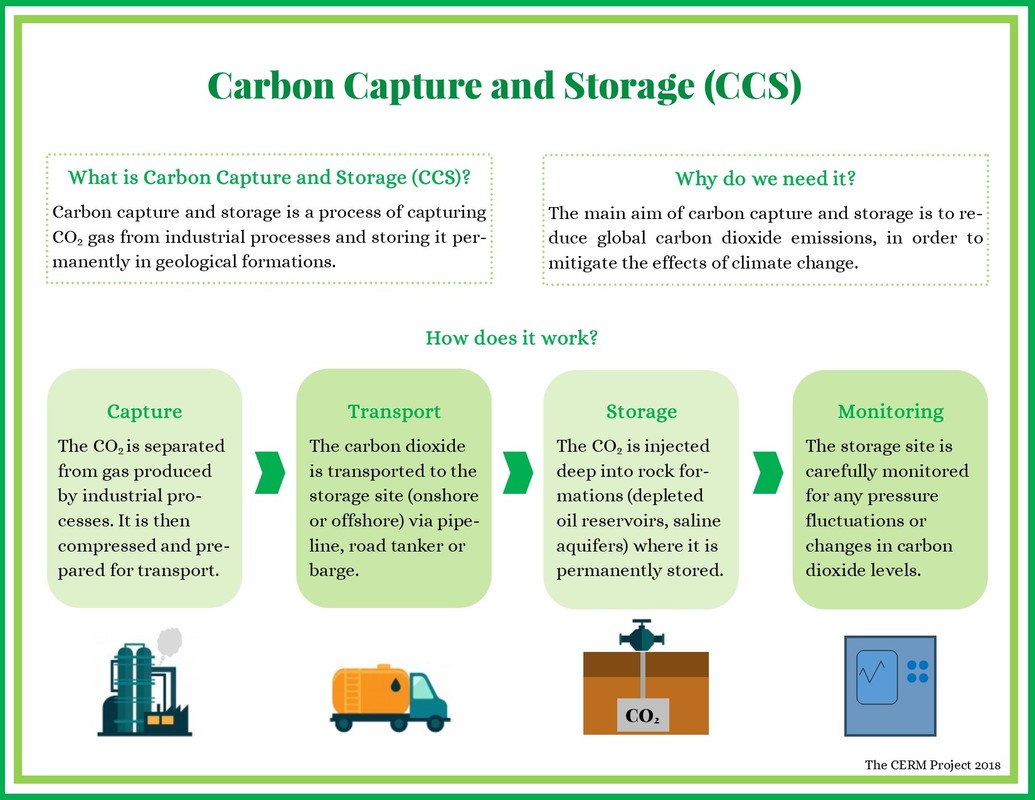Environmental Clearance for CO2EOR Projects
Before any CO2EOR Projects can begin, the relevant stakeholders must obtain a Certificate of Environmental Clearance from the Environmental Management Authority (EMA).
Carbon Storage: CO2EOR vs CCS
CO2EOR and CCS are two ways that Trinidad and Tobago can reduce total carbon dioxide emissions. Check out the infographic below to learn more!
EOR Methods - Nitrogen Injection
To see how CO2EOR stacks up against N2EOR, check out the infographic below!
Barriers to Implementing CO2EOR
Why were there no active CO2 floods even when oil prices were high?
The Global CO2 Issue
Carbon dioxide is one of the leading pollutants contributing to global temperature rise.
API Gravity Scale
The API Gravity Scale measures the density of petroleum liquids relative to water. The greater the API gravity, the less dense the liquid.
Glossary
Below are some relevant terms and their definitions as it applies to enhanced oil recovery and The CERM Project.
Enhanced Oil Recovery (EOR)
EOR is a recovery method that involves the injection of materials that would not normally be present in the reservoir such as gases or liquid chemicals, or the use of thermal energy to increase oil production. See below for more details!
Carbon Capture and Storage (CCS)
Carbon capture and storage is a process of capturing carbon dioxide gas from industrial processes and storing it permanently in geological formation. Check out the infographic below for more details!
Proudly powered by Weebly
